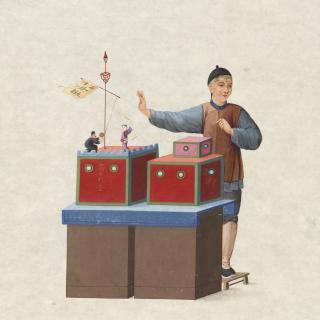Events & Calendars "Optical Devices, Art and Visuality in China"
Skip to Main ContentWith Kristina Kleutghen, Washington University in St. Louis
When European optical devices were first introduced into early modern East Asia, these devices affected not only viewing experiences and ideas about vision, but also the production of art. In contrast to the well-established effects on Japanese art, the Chinese case has barely been explored, not the least reason being that the science of optics did not develop significantly there prior to the mid-19th century. Yet from the 17th century onward, Qing domestic production and use of optical devices resulted in significant relationships with art at the imperial, elite and popular levels. The devices and the viewing experiences that they mediated created varying levels of foreign intervention into Chinese art, vision and visuality. However, the consistent but diverse methods of Sinification of all these elements and the reliance on domestic products rather than imports offer new insights into how Qing art engaged the West without being limited either to the court or to the capital. Through an art-historical case study of several different optical devices and their related works of art that are all linked through one particular type of magnifying lens, this talk examines how the production and consumption of these new objects and images varied with place, format, audience and social status.
This talk is free and open to the public. All are welcome to attend.
Contact Info
 @amherst.edu
@amherst.edu
